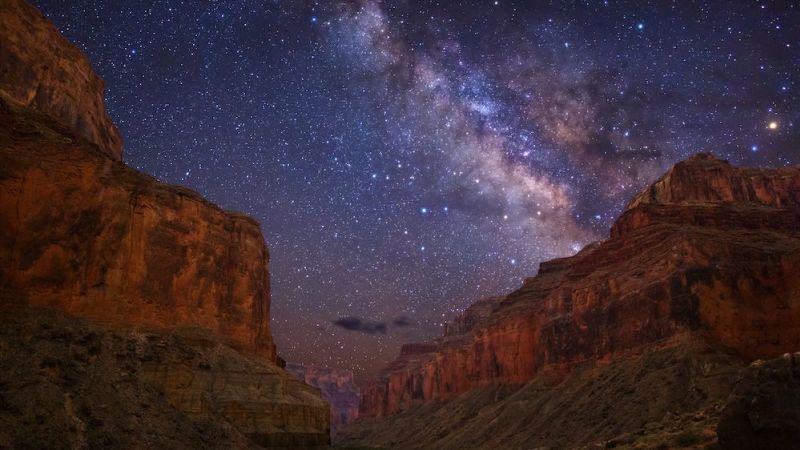The phenomenon of light pollution has become an increasingly serious environmental issue, distorting our natural perception of the night sky and implicating both wildlife and human health. This topic was highlighted in a recent editorial series by CNN known as Call to Earth, which collaborates with the Rolex Perpetual Planet Initiative to raise awareness around various sustainability challenges.
To illustrate the effects of light pollution, the narrative begins with a significant historical event—the blackout in New York City on July 13, 1977. As lightning strikes disabled the city’s power, the pervasive lights of streetlights and neon signs extinguished, exposing residents to the magnificence of the night sky for the first time in decades. The astrophysicist Joe Rao, who witnessed this exceptional celestial event from the Bronx, remarked on the awe of seeing the Milky Way, a sight that many in urbanized areas can no longer experience. Today, over one-third of humanity, particularly 80% of North Americans, has lost the ability to see the Milky Way due to relentless urban lighting.
This increasing light pollution has severe ecological repercussions. Recent studies indicate that light pollution is growing at a remarkable rate—approximately 10% each year globally—with North America experiencing the most rapid changes. This illumination imposes dire consequences on various species. Birds, for instance, are critically impacted by miscalculations during migration due to artificially bright environments. In the United States, it is estimated that one billion birds die each year from crashing into buildings, a crisis mounted by the disorienting nature of urban lighting. This artificial glow disrupts numerous nocturnal creatures, with a study revealing that nearly 60% of nocturnal vertebrates and 30% of invertebrates face threats from light pollution.
In addition to birds and insects, wildlife such as nesting sea turtles experience fatal challenges due to the misguidance from bright lights around coastal areas. Rachel Tighe from the Sea Turtle Conservancy has highlighted instances where turtles were found trapped in unexpected locations due to confusion created by artificial lighting, demonstrating how light pollution not only endangers these animals but disrupts their natural instincts.
The human experience is also impacted by this environmental issue. Emerging research links light pollution to various health problems, including sleep disturbances, obesity, depression, and potentially even cancer. Expert Kevin Gaston suggests that disturbances in light cycles may reverberate through ecosystems similar to changes in temperature, emphasizing the vital role of natural light in the balance of life on Earth.
Despite the grim projections, there is glimmering hope for mitigation. Unlike other environmental crises, the solution to light pollution could be relatively straightforward: simply turning off lights. Communities are beginning to adopt this approach, with Crestone, Colorado, as a notable example. After experiencing a lack of funds to maintain streetlights, the town decided to eliminate them completely. Residents soon realized they preferred the darkness, and the absence of lights led Crestone to gain recognition as a Dark Sky community—one of many initiatives spotlighting the importance of natural darkness.
Currently, nearly 300 areas have received accreditation from organizations like DarkSky International, which advocates for light pollution reduction. Suggested solutions include strategies such as utilizing low, shielded lights that minimize unnecessary glare and turning off lights when not in use. Moreover, international legislation is being pushed, particularly in Europe, with calls for strategic use of light directed only where necessary.
The potential benefits of addressing light pollution extend beyond aesthetic. Reduced light usage can lead to economic advantages by decreasing energy costs and attracting astrotourism where tourists seek out starry skies. Meanwhile, ecological interventions have shown promising results, as demonstrated by the Sea Turtle Conservancy’s efforts to eliminate problematic lighting along nesting beaches, helping maximize hatchling survival.
However, despite ongoing efforts, the struggle against light pollution continues. Increasing urbanization poses threats even in some of the world’s darkest locations, accentuating the critical need for widespread education and awareness. As Joe Rao reflects on the diminishing chances of experiencing a dark sky in the future, the battle against light pollution emphasizes the urgent need for action. As communities copiously advocate for preserving our night skies, there remains a flicker of hope for a beautiful, star-studded future.



